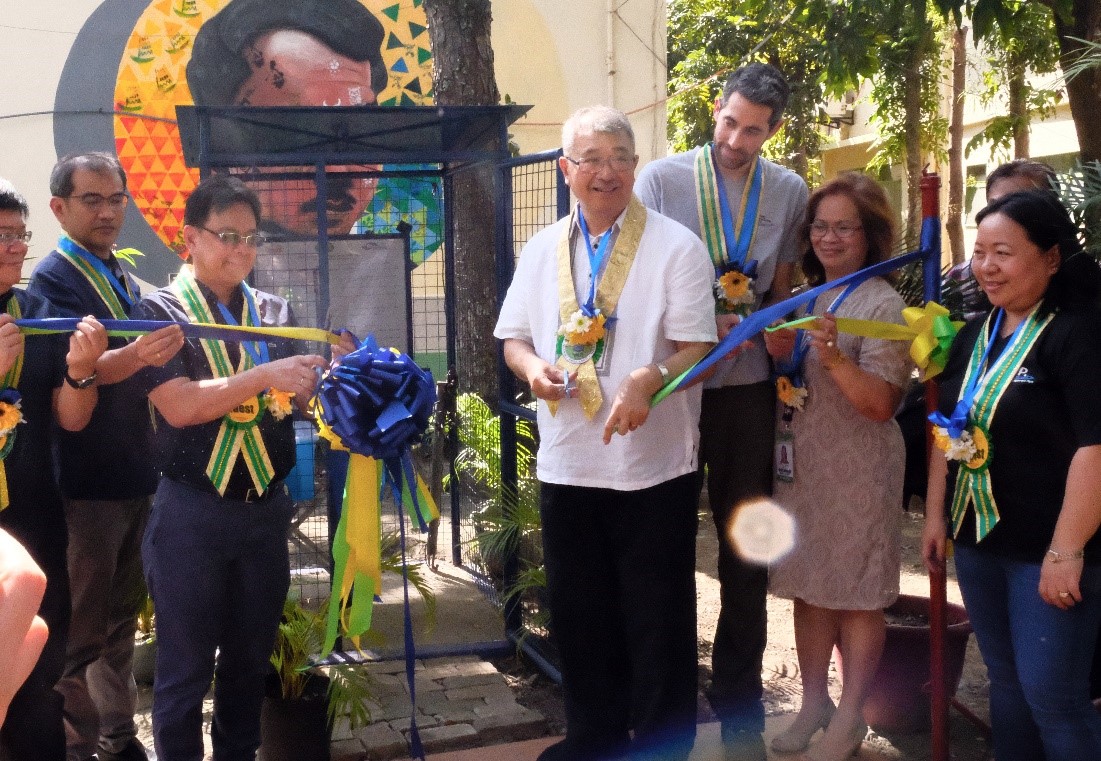
The Department of Science and Technology (DOST) and Ateneo de Manila University (ADMU) on Monday launched a smart groundwater monitoring station in Iloilo City that has sensors for automated, real-time monitoring of its supply.
With funding support from the National Water Resources Board (NWRB) and the DOST - Philippine Council for Industry, Energy and Emerging Technology Research and Development (DOST-PCIEERD), researchers from ADMU, established a groundwater management plan and monitoring system for 10 water-critical cities in the Philippines, including Iloilo and Zamboanga.
Under this project, monitoring wells and stations were built— four are in Zamboanga City, four (4) monitoring system for Iloilo, and 10 are successfully installed in Metro Manila, Iloilo, Cagayan de Oro, and Bukidnon. Another 8 sensors will be installed in selected areas nationwide within the year.
“Today marks a significant event as we officially present the locally developed cost-effective system for water wells monitoring here in IloIlo City, installed in Pavia National High School and in Barangay Consolacion, San Miguel. Through these facilities, automated and real-time monitoring of groundwater reservoirs consisting of various sensors, data logging, and telemetry equipment to measure water’s quantity and quality can be done,” said DOST Secretary Fortunato de la Peña.

The data gathered from this monitoring system will serve as a decision-support tool for NWRB towards effective management of groundwater reservoir.
These data can also be accessed through the ThingSpeak mobile application and admuwater.com web portal. This is a platform service that uses Internet of Things (IoT) analytics to provide instant and advanced data analysis—bringing daily effective management of groundwater reservoirs at each Filipinos’ fingertips.
In addition to this, ADMU, NERC-British Geological Survey and DOST, under the Philippine Groundwater Outllook (PhiGO) project, organized a 2-day stakeholders’ workshop to strengthen partnership and gather local knowledge and understand the current issues and problems in managing water resources. The said project is one of the four funded under the PH-UK Newton Agham Joint Cooperation Program.

The researchers behind PhiGO aim to deliver consistent, accessible, and transferable assessments of climate and population change on regional groundwater resources.
Iloilo is one of the nine key cities identified in 1998 by the Japan International Cooperation Agency (JICA) in their study detailing the country’s water resources management. These cities were deemed plagued with water constraints and are envisioned to face these problems in the future.
Although the country is endowed with abundant water resources, Filipinos continue to face threats of resource scarcity, especially with groundwater as its renewability is limited and there are issues on its storage and management. It is essential that these issues be addressed as groundwater supplies drinking water, helps grow plants for food, and is also an important input to many industrial processes.
Iloilo, a developing smart city, has started encountering groundwater supply shortages. The city has already been tapping 93% of its supply, and over the years, has had low and unpredictable recharge.
The National Water Resources Board (NWRB) confirmed that Iloilo is one of the identified critical areas in the country in terms of groundwater extraction that needs immediate rehabilitation.




